
Bird Walk at Amanikere, Tumakuru, KA
- Tumakuru
- 10 August, 2025
- Ravindra

About Amanikere
Amanikere, nestled in the heart of Tumakuru, is a serene urban wetland that plays a crucial ecological role in the region’s semi-arid landscape. Fringed by open scrub, agricultural fields, and human settlements, this freshwater lake supports a dynamic mix of aquatic and terrestrial habitats. The site is an important stopover and wintering ground for migratory waterbirds like Northern Shoveler, Garganey, and Common Teal, alongside residents such as Indian Spot-billed Duck, Grey Heron, and White-breasted Waterhen.
Waders like Black-winged Stilts and Sandpipers forage along its muddy edges, while raptors such as the Marsh Harrier and Brahminy Kite patrol the skies. The surrounding grass and shrublands also host Red-wattled Lapwings, Pied Bushchats, and Ashy Prinias. As urbanization expands around Tumakuru, Amanikere stands out as a crucial refuge for birds and biodiversity, offering natural services like groundwater recharge and climate moderation to the city.
Partnered with
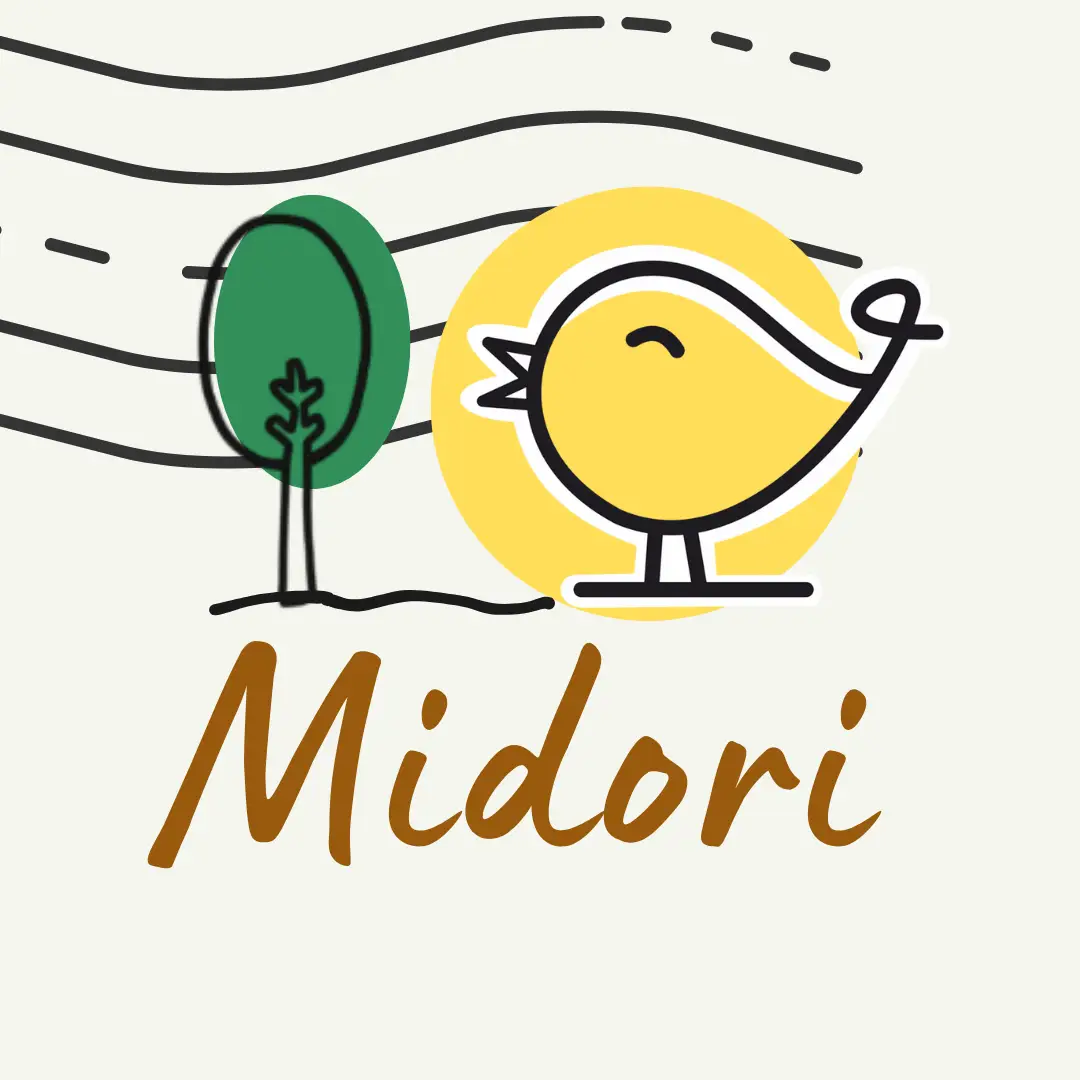

Bird Guide - Ravindra
A passionate nature enthusiast and conservationist, actively involved in birding and wildlife protection. Has contributed to bird surveys in MM Hills and BRT, and volunteered in leopard conflict mitigation efforts.
Bird walk Location
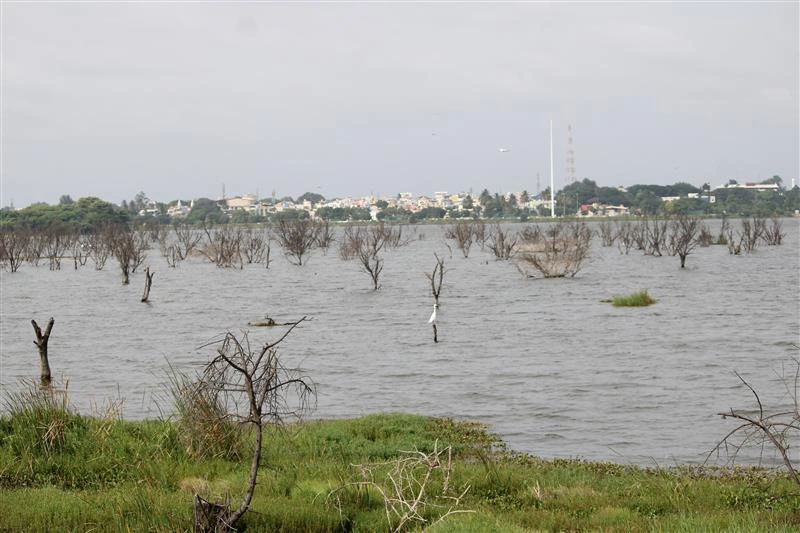
Common birds of Amanikere
Amanikere, a treasured wetland in Tumakuru, hosts over 120 recorded bird species, reflecting its ecological vitality. The lake supports large congregations of waterbirds such as Painted Storks, Lesser Whistling-Ducks, Little Grebes, and Gray-headed Swamphens, while sleek waders like Black-winged Stilts, Purple Herons, and Eurasian Spoonbills forage its margins. Raptors including the Brahminy Kite, Black Kite, and Western Marsh Harrier are often seen cruising overhead.
Amphibious habitats also draw species such as Asian Green Bee-eaters, Little Cormorants, and the elegant River Tern. The fringes and scrub are alive with Yellow-billed Babblers, Ashy Prinias, Scaly-breasted Munias, and Rose-ringed Parakeets. Woodland and warbler species—Coppersmith Barbets, Common Tailorbirds, and Greenish Warblers—add colour and song, while migrants like the Garganey, Barn Swallow, and Cotton Pygmy-Goose enhance seasonal diversity. This vibrant mix of wetland, grassland, and woodland birds underscores Amaanikere’s ecological importance, offering a serene spot for wildlife enthusiasts in the Tumakuru region.
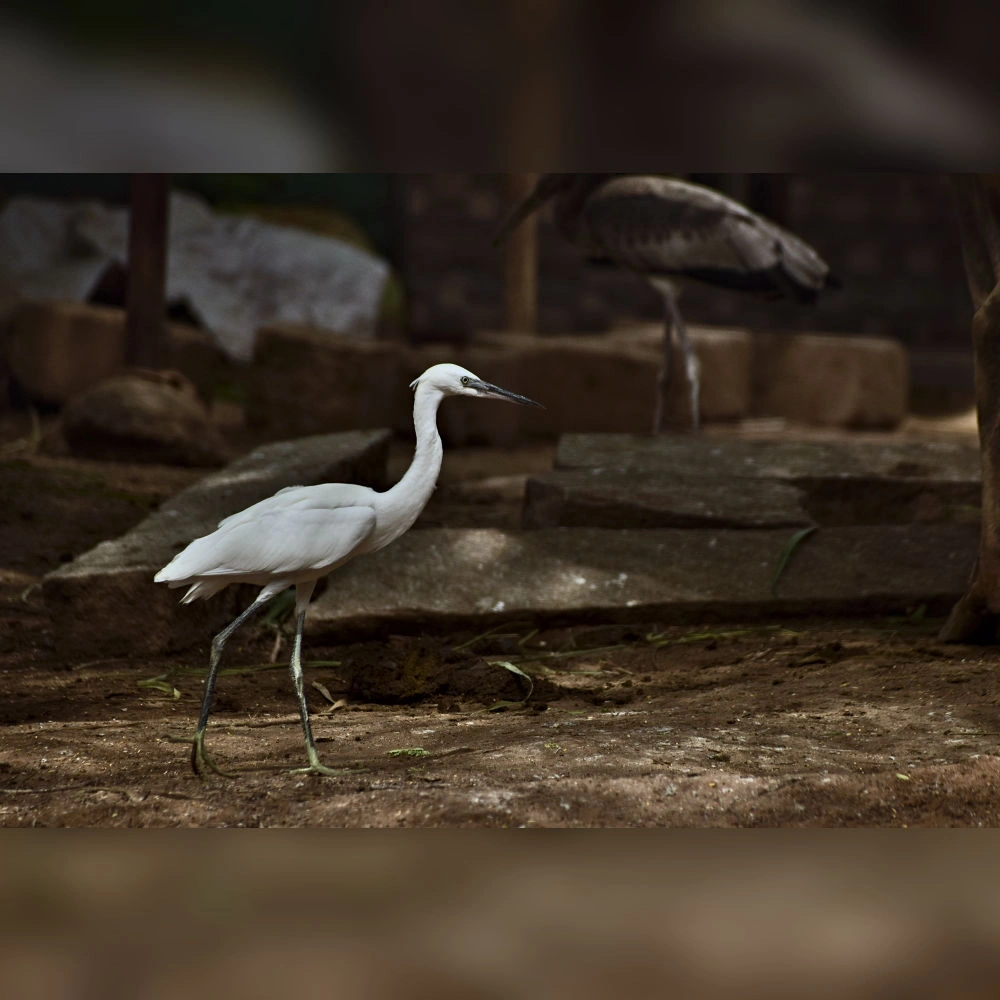
Little Egret
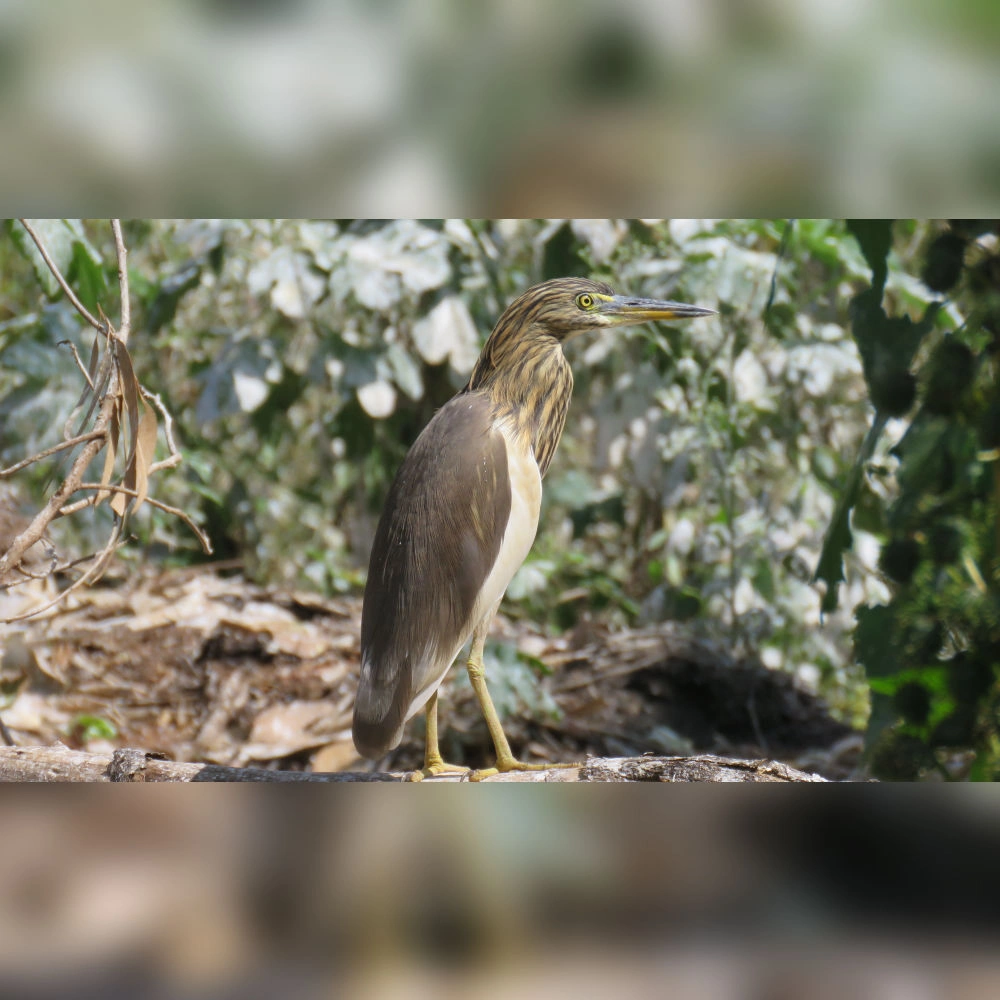
Indian Pond Heron
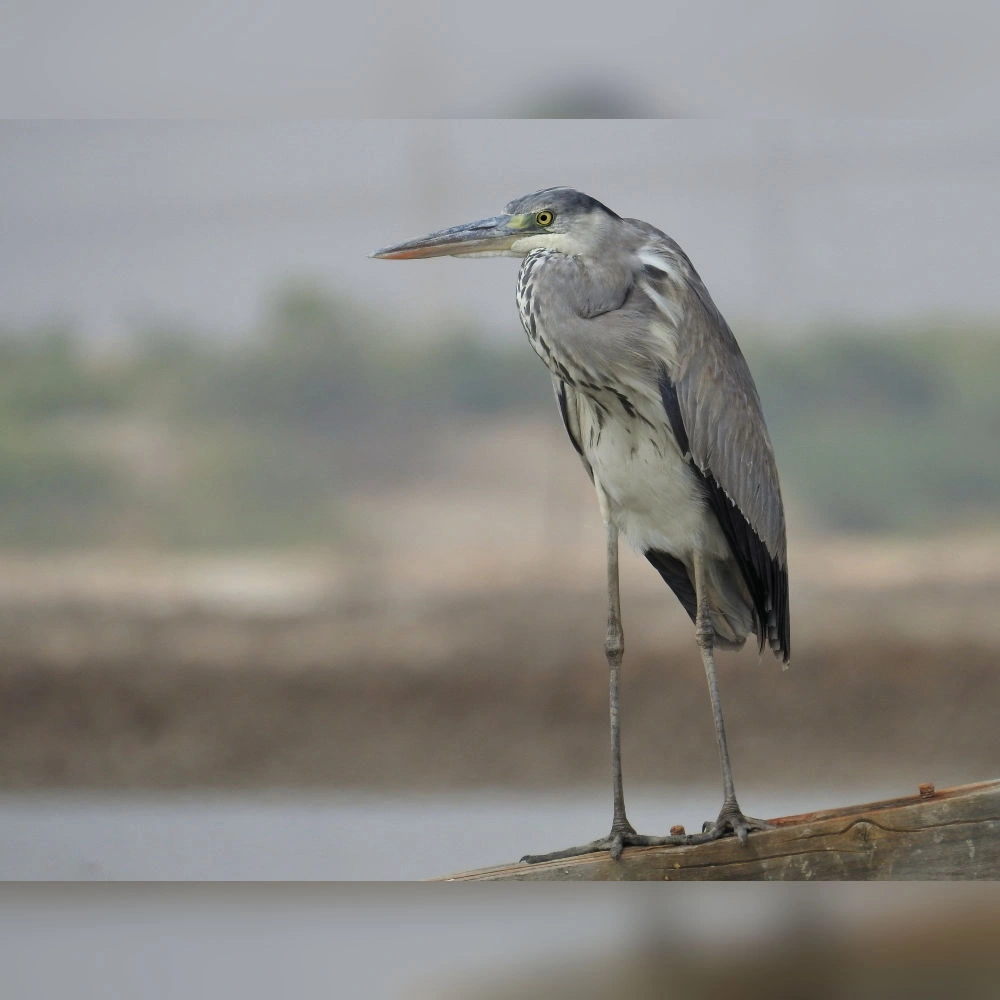
Grey Heron
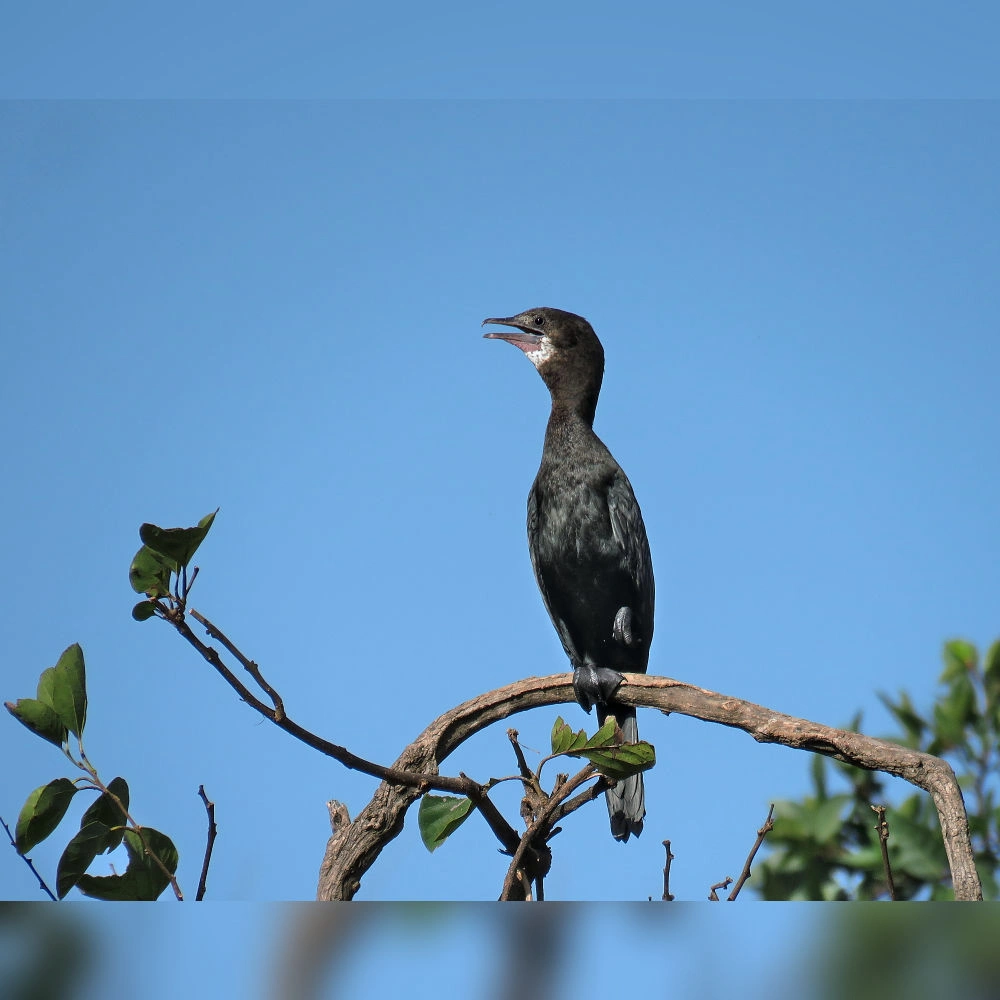
Little Cormorant
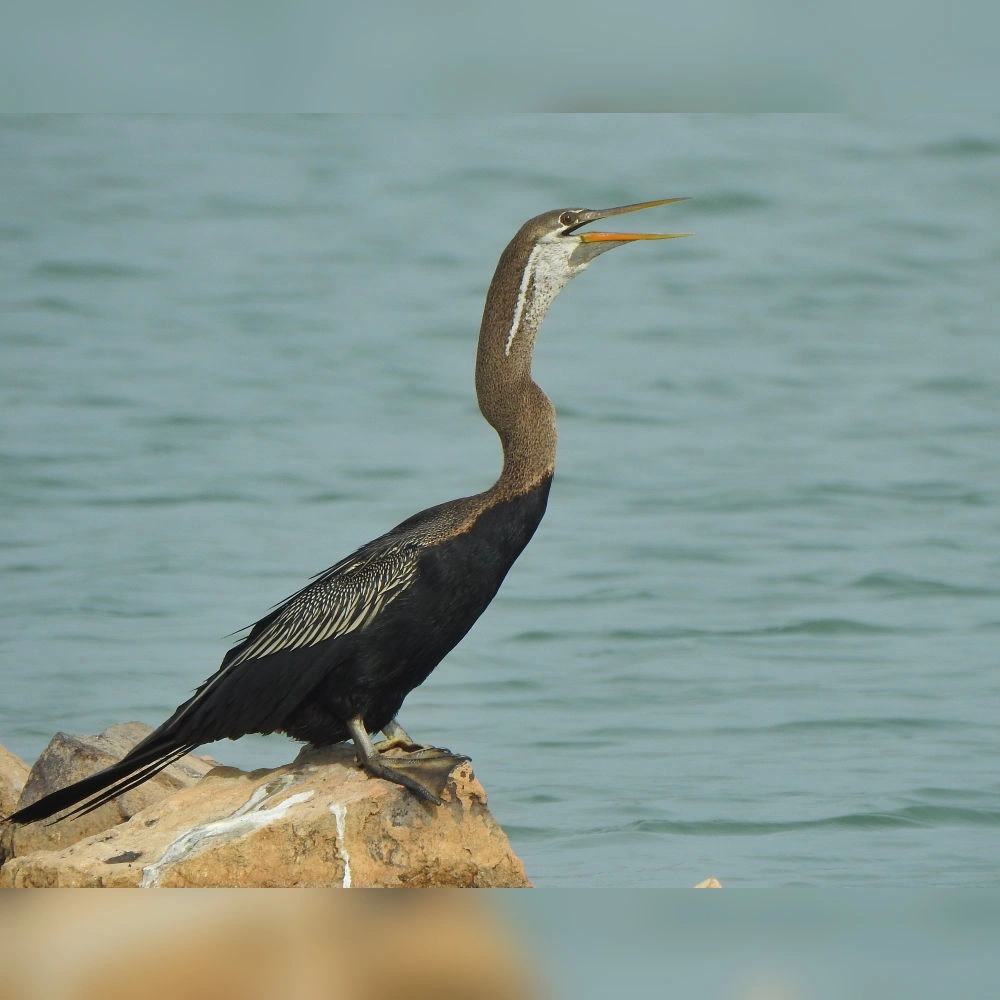
Oriental Darter
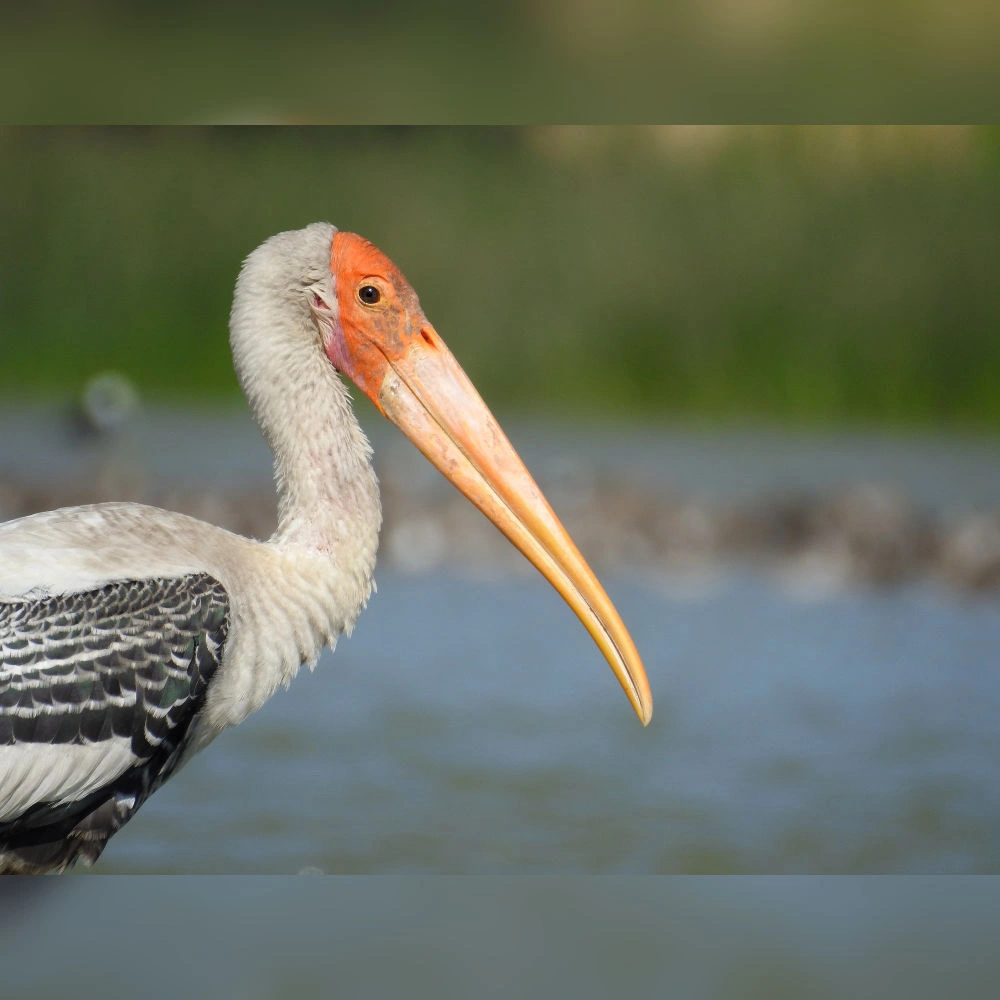
Painted Stork
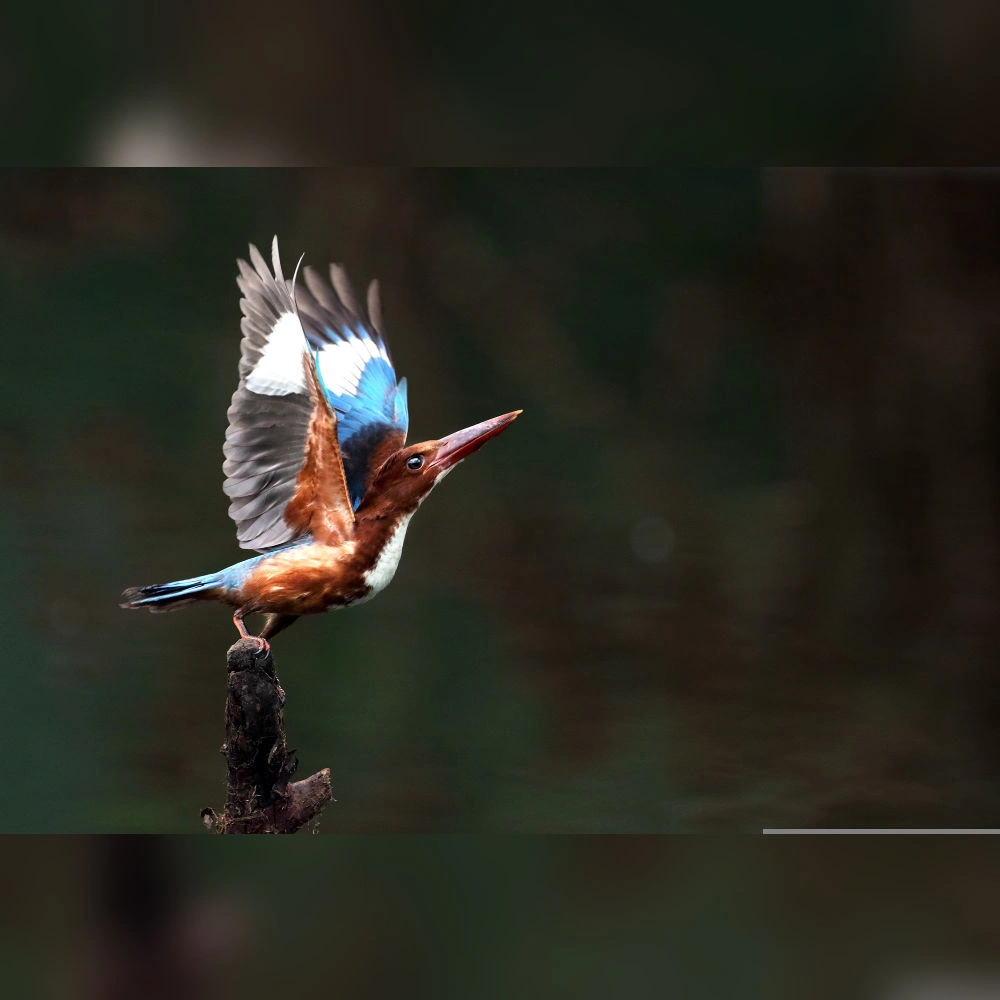
White-throated Kingfisher
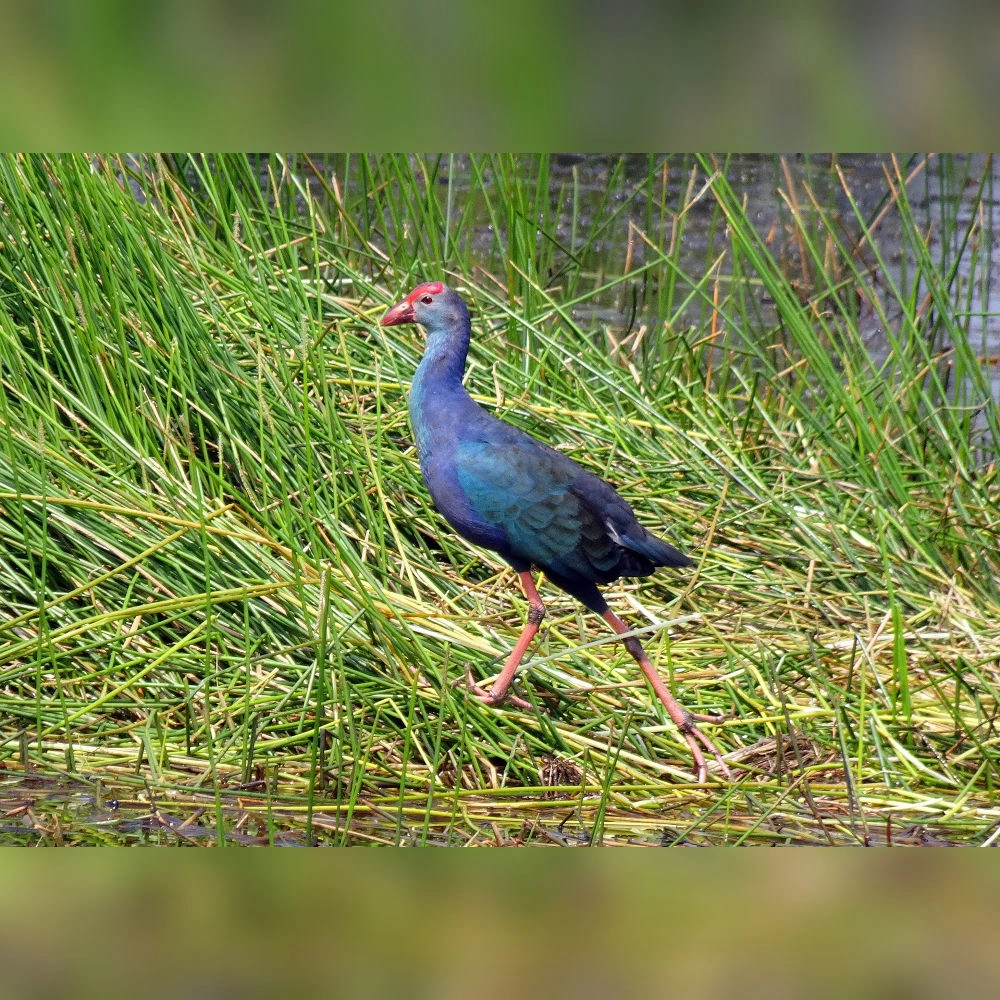
Grey-headed Swamphen
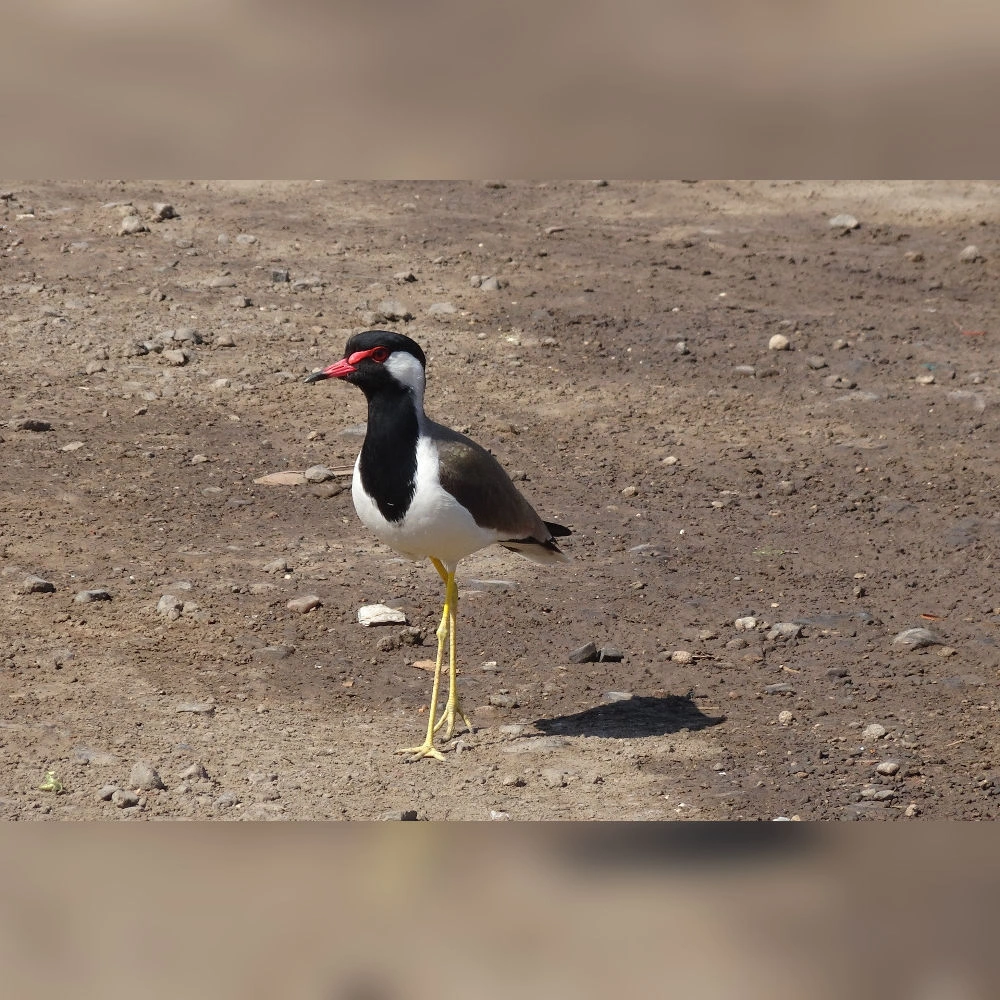
Red-wattled Lapwing
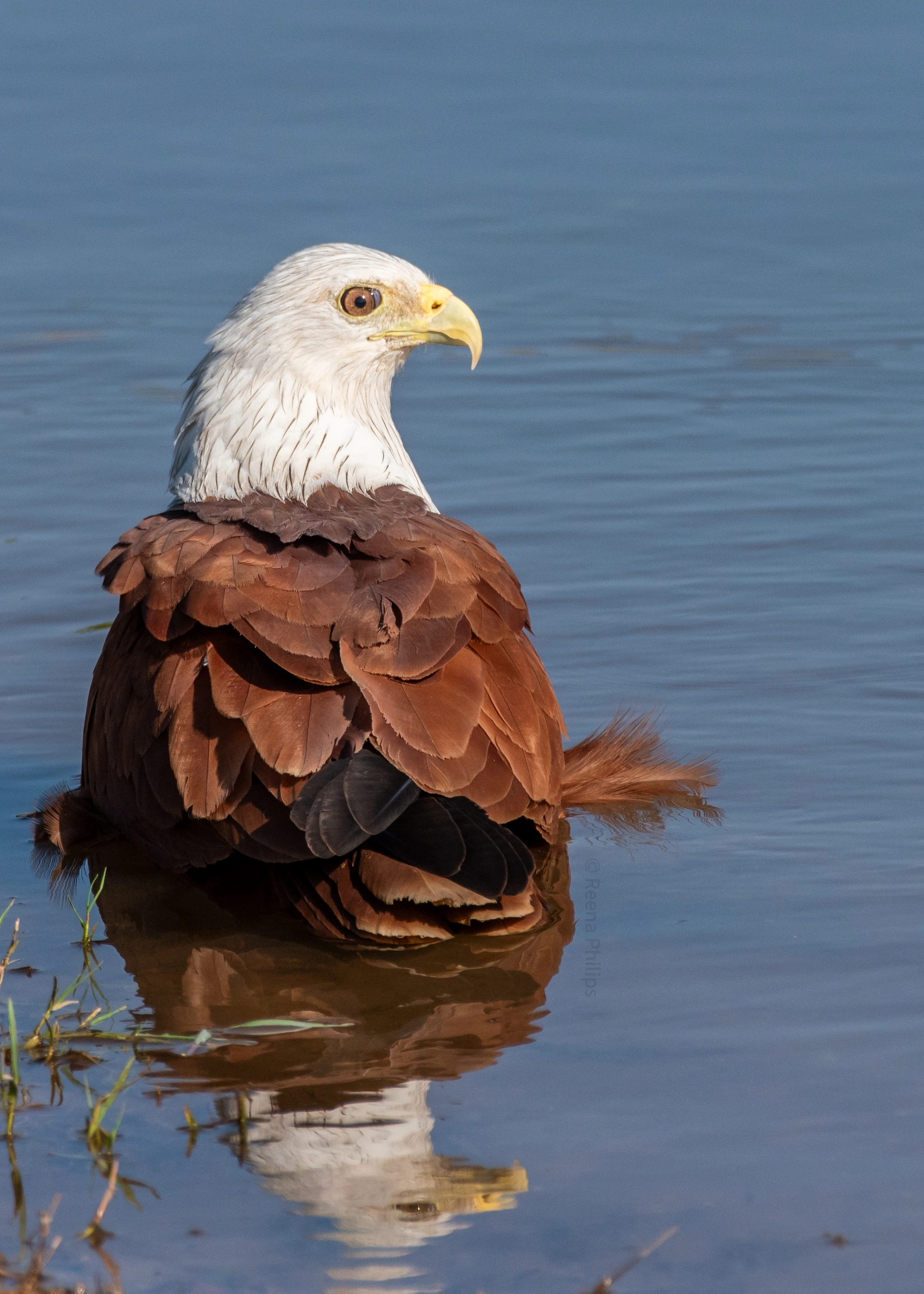
Brahminy Kite
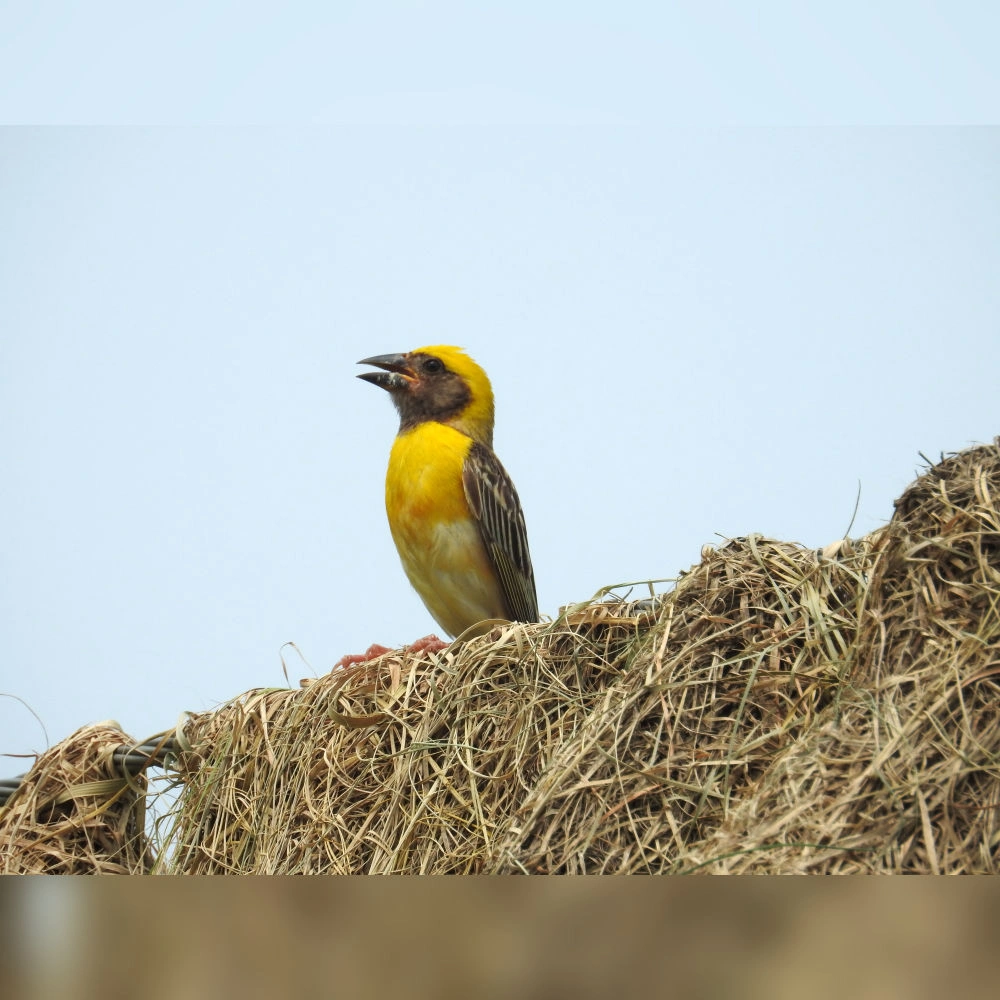
Baya Weaver
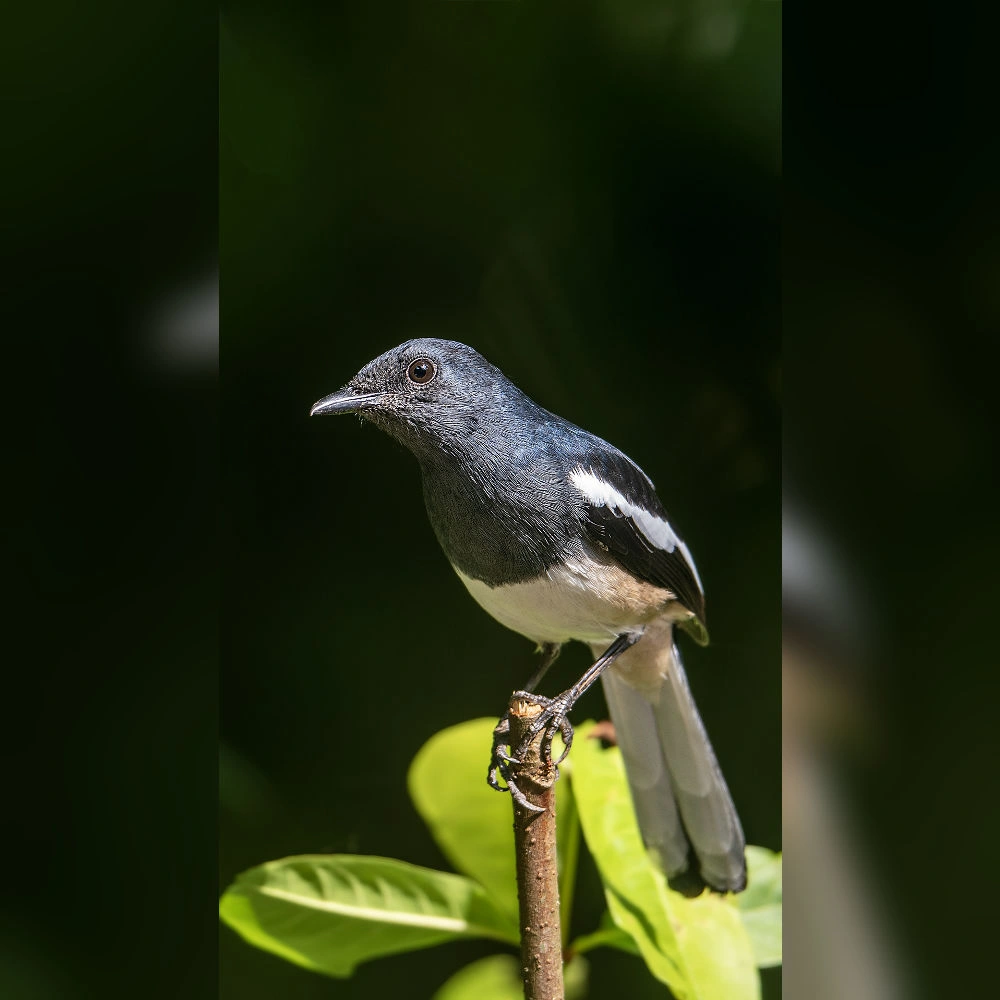
Oriental Magpie Robin
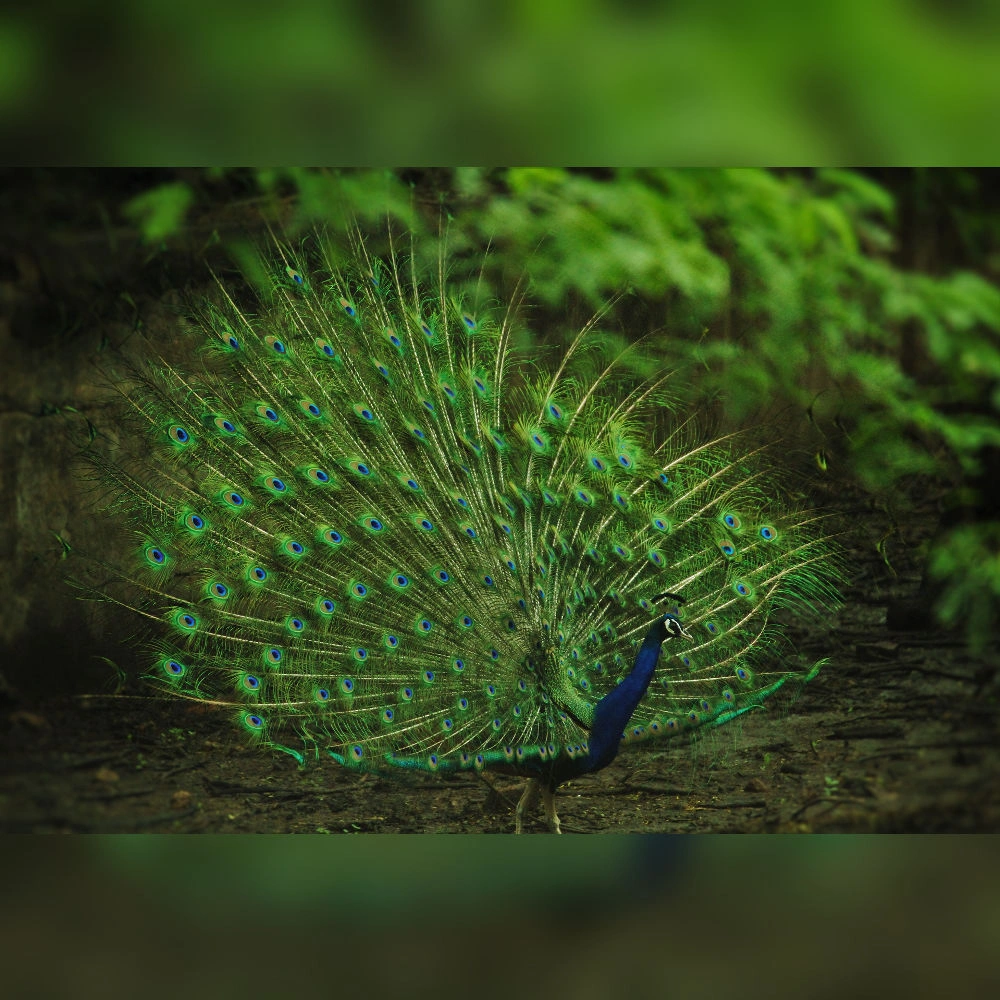
Indian Peafowl
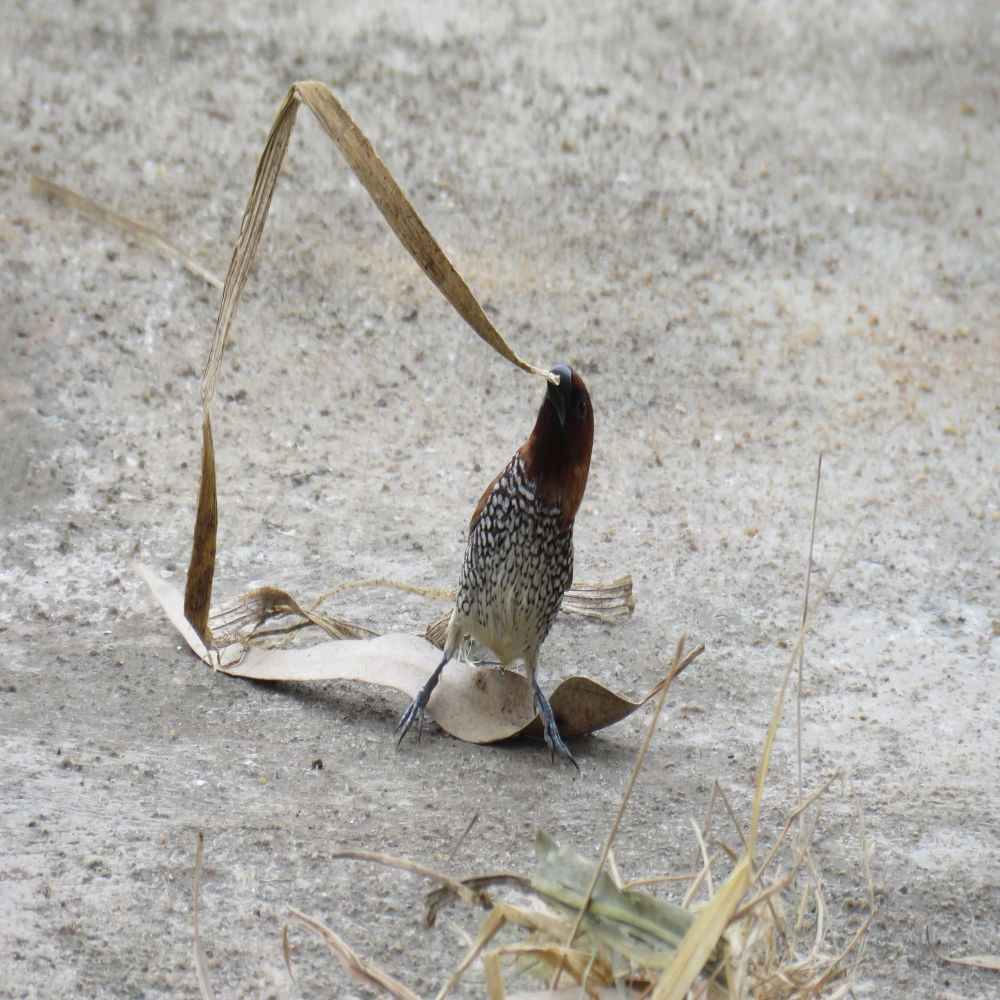
Scaly-breasted Munia
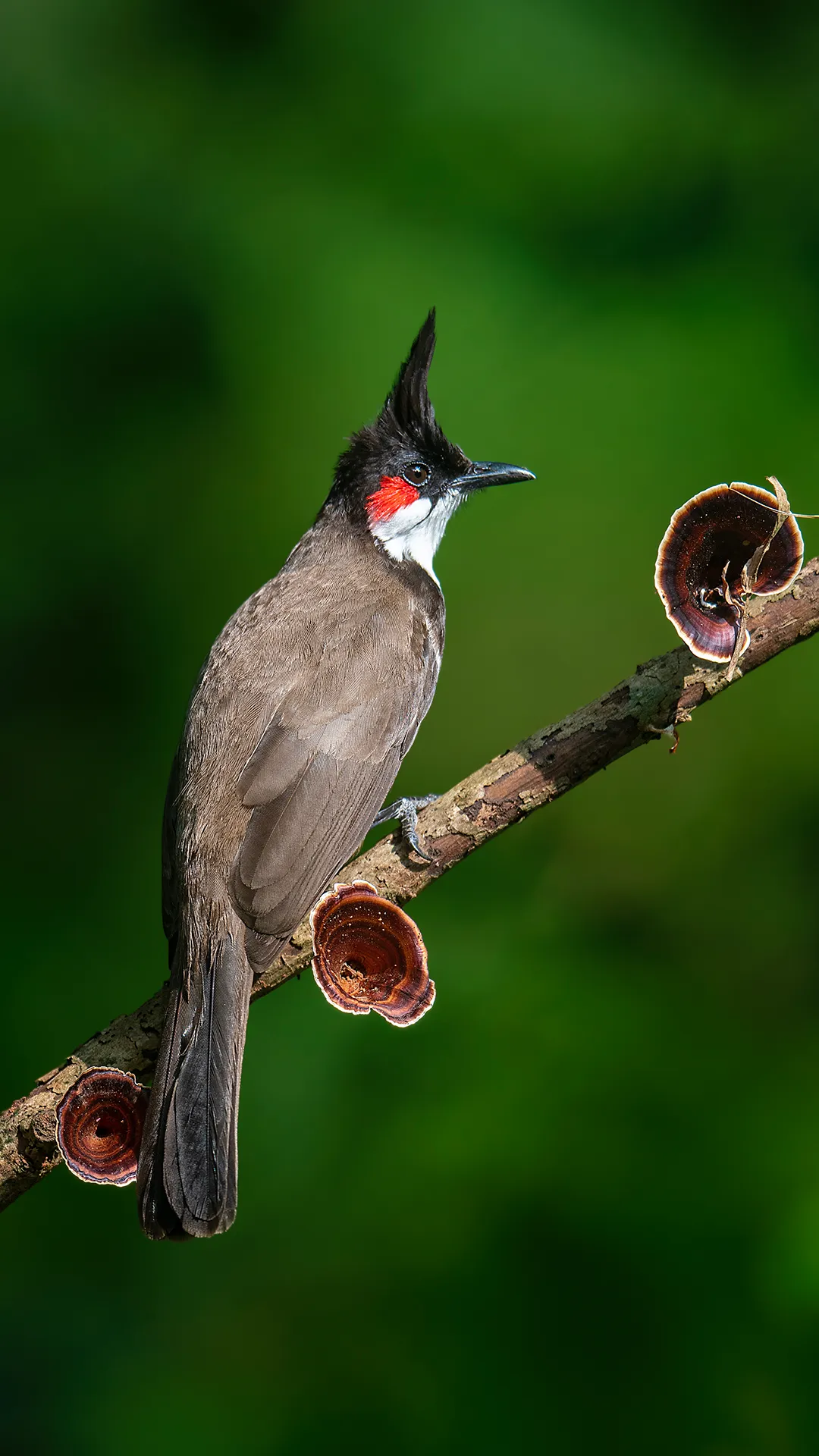
Red-whiskered Bulbul
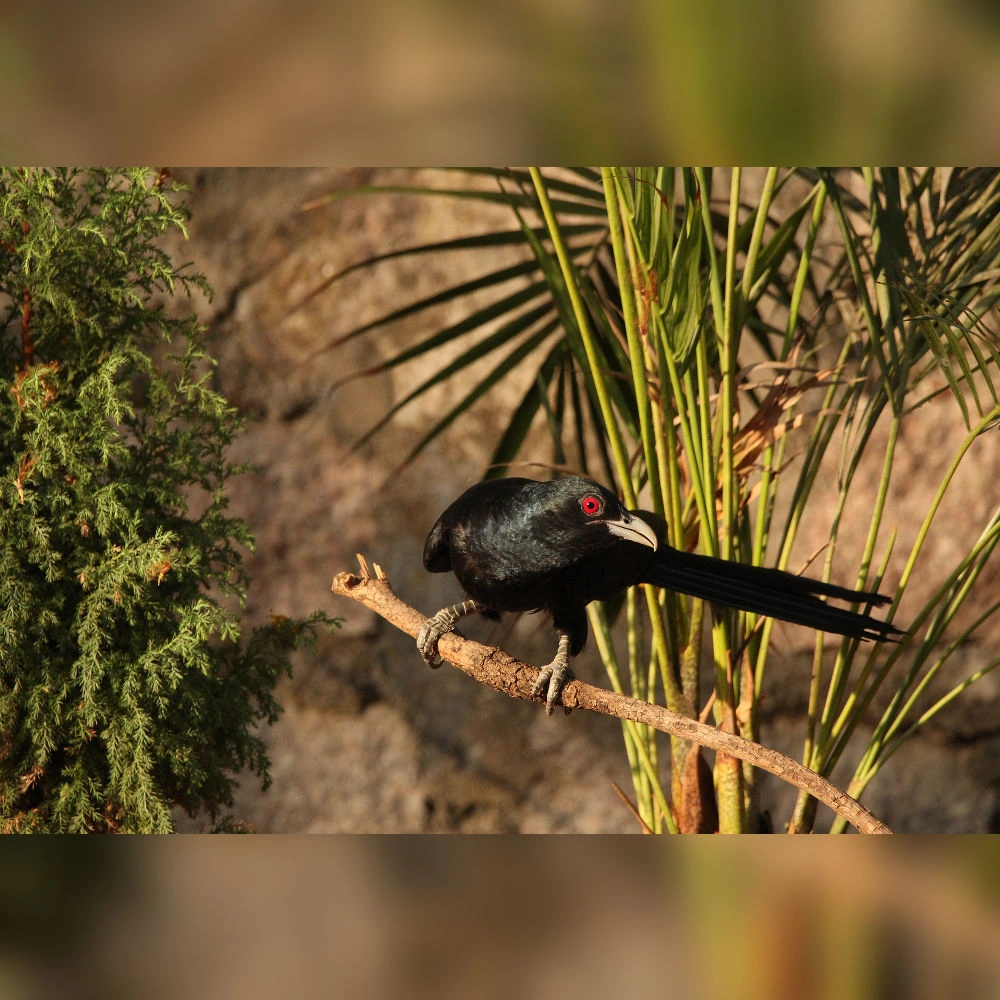
Asian Koel
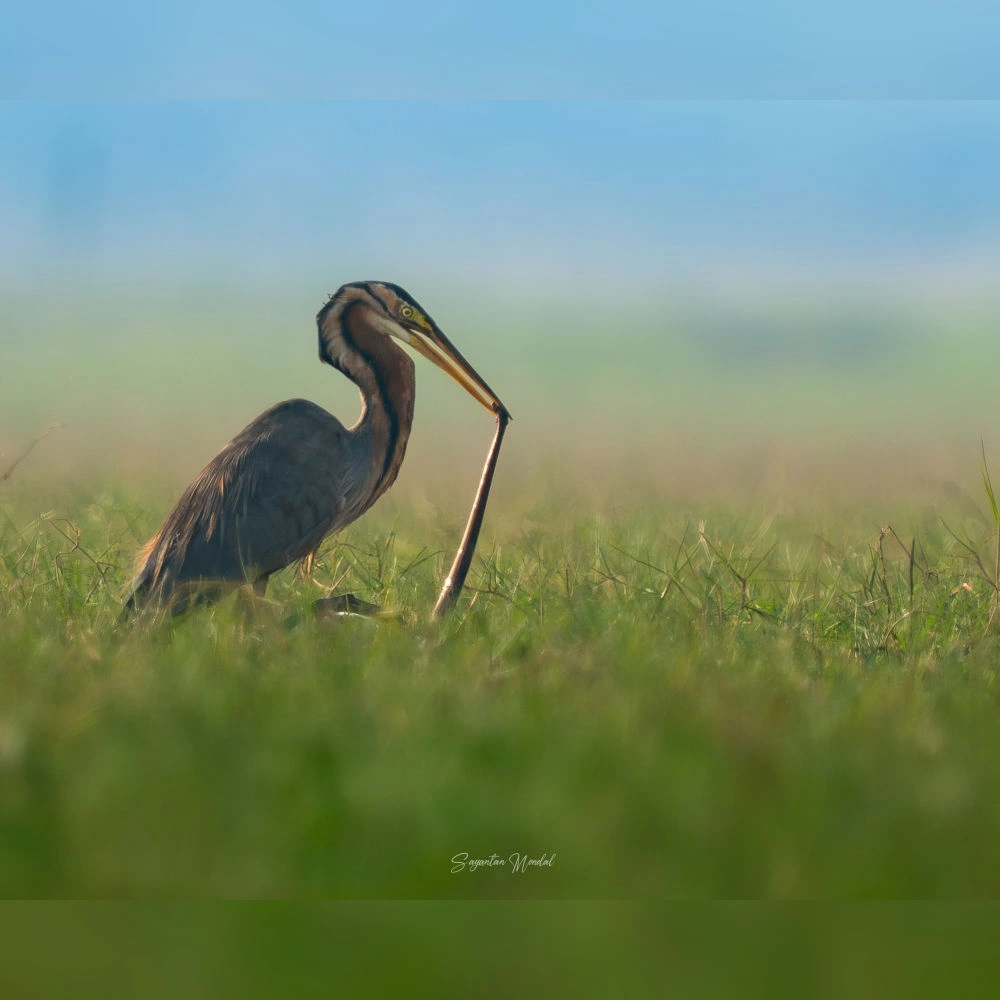
Purple Heron
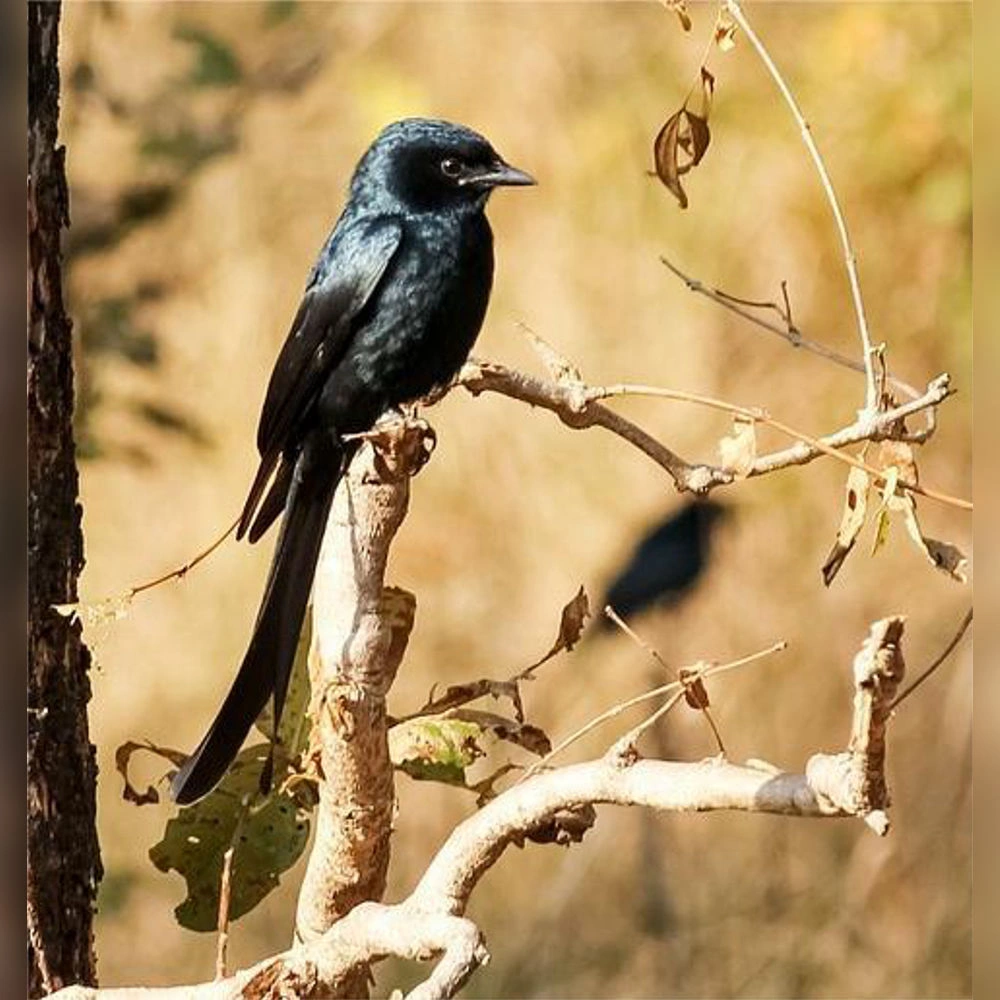
Black Drongo
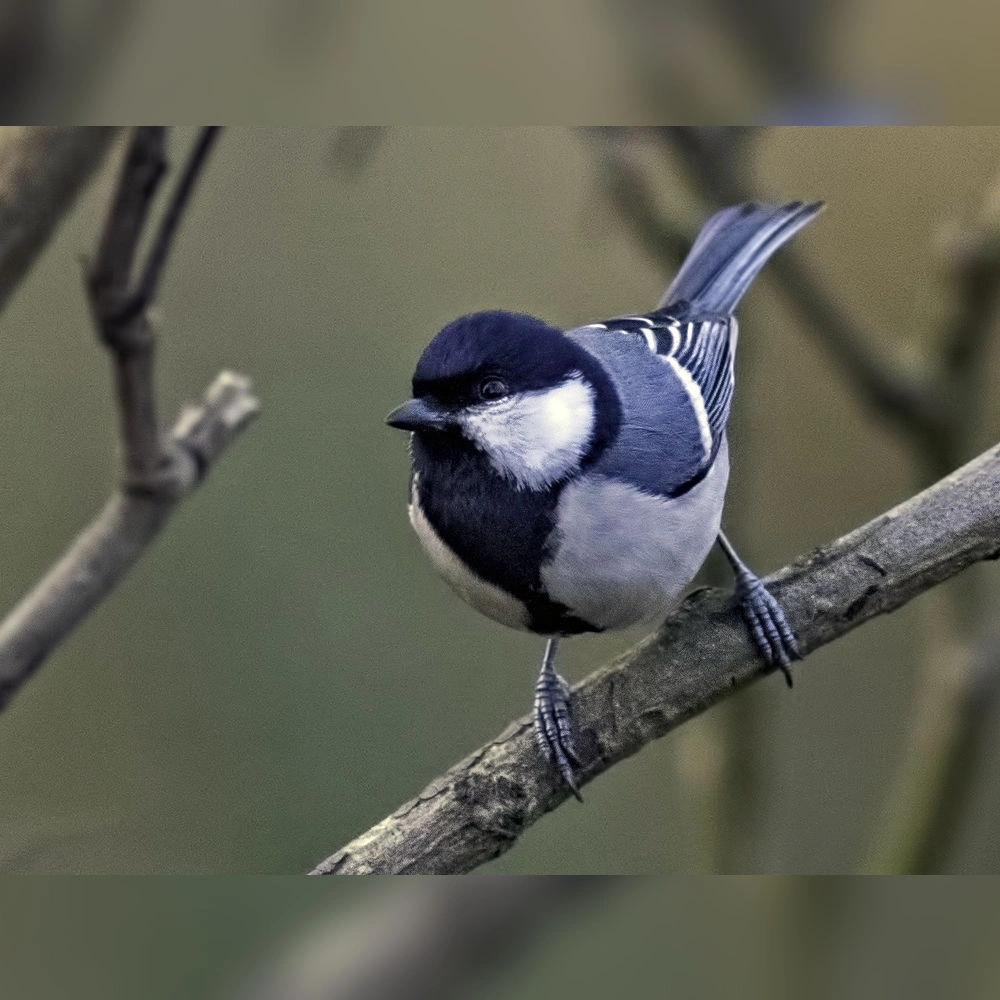
Asian Tit
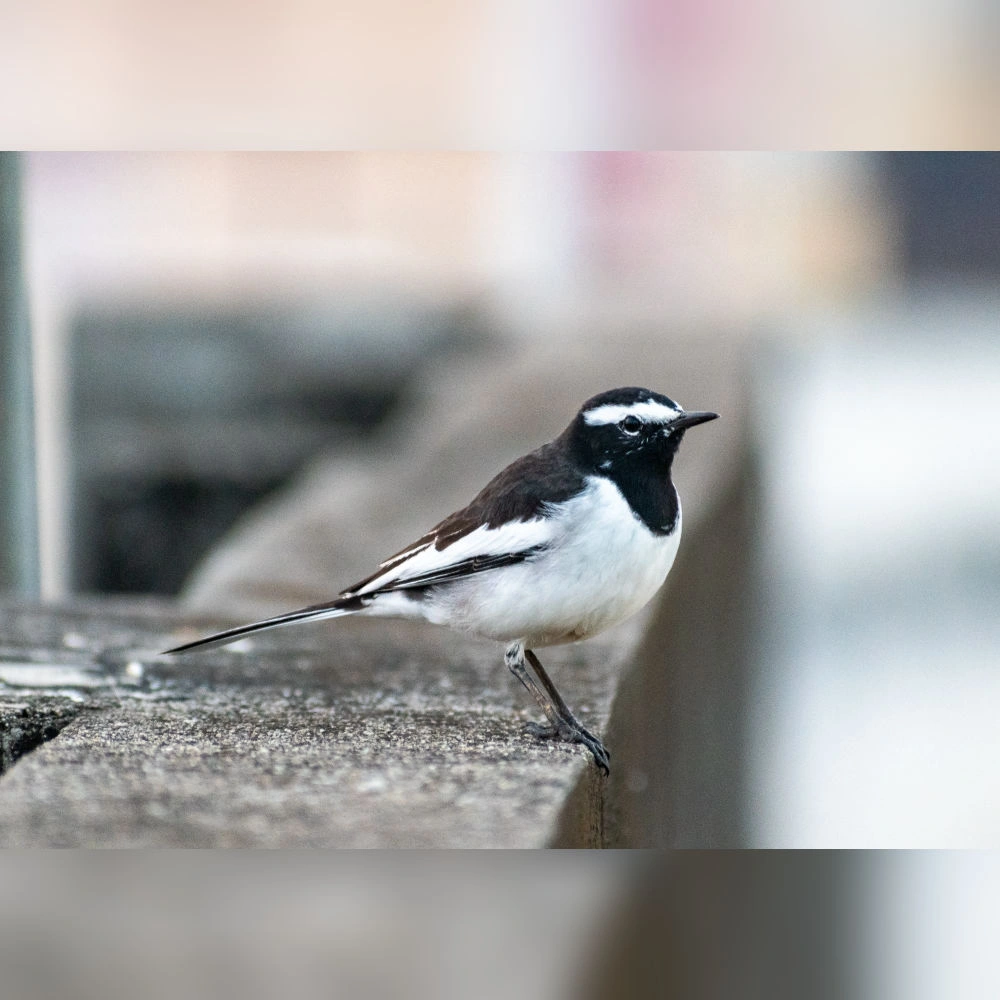
White-browed Wagtail
Summary of Walk
At the tranquil Amanikere in Tumkur, a lively group gathered for a bird walk led by Ravindra Reddy, BVG Sir, and Pradeep — each generously sharing their knowledge of bird identification, ecology, and fascinating avian behaviors. The morning unfolded into a feast of sightings, with a total of 35 species recorded.
Wetland highlights included the Indian Spot-billed Duck, Little Swift, Eurasian Coot, Red-wattled Lapwing, Pheasant-tailed Jacana, River Tern, Grey Heron, and Purple Heron. The woodland edges added their own charm, with Rose-ringed Parakeet, Jungle Myna, Scaly-breasted Munia, Asian Koel, Spotted Dove, and the striking Jacobin Cuckoo. It was a morning where knowledge met keen observation, leaving everyone with richer insights and a deeper appreciation for Tumkur’s birdlife.
Number of Participants
0

